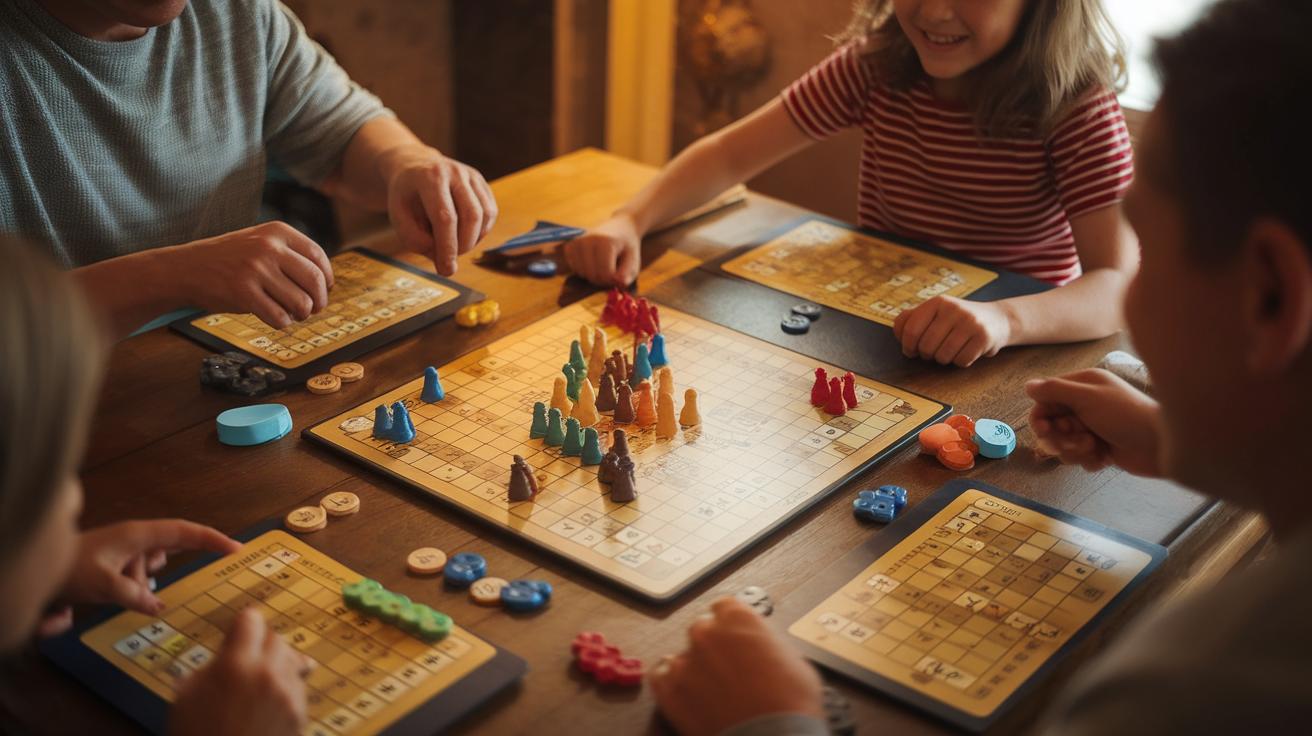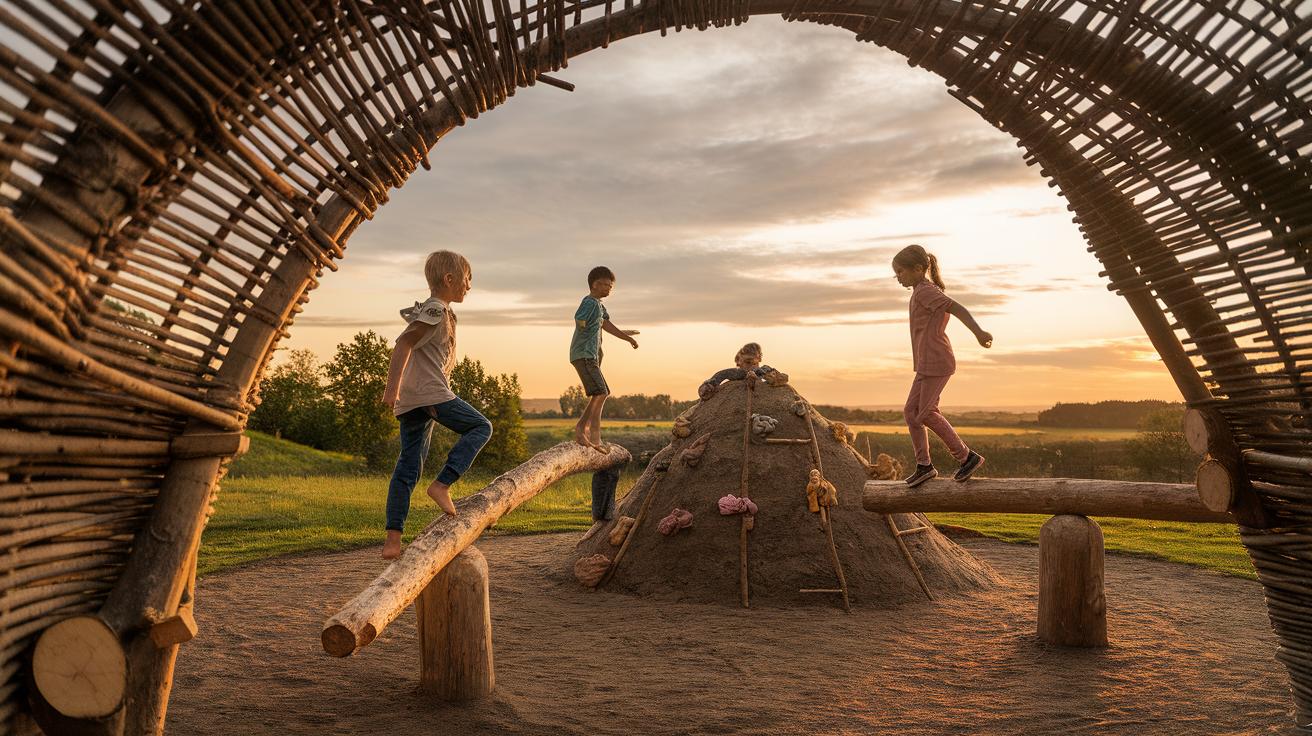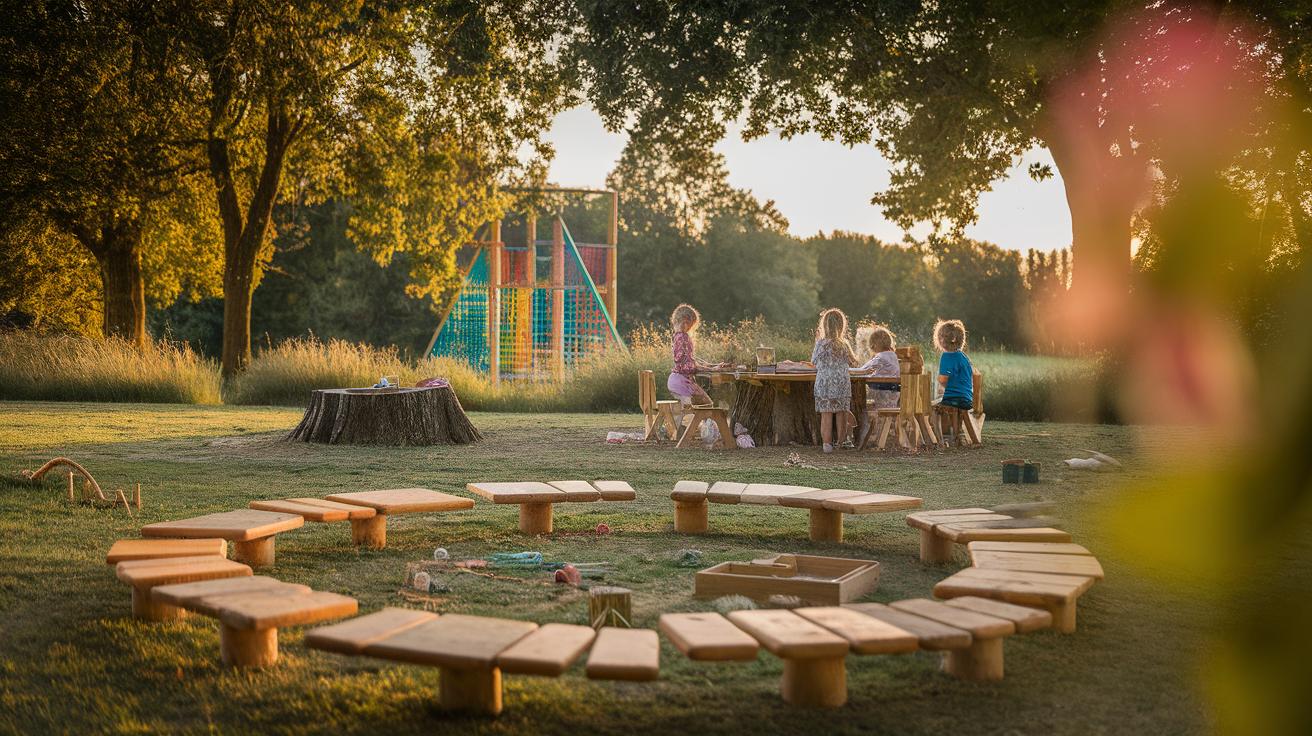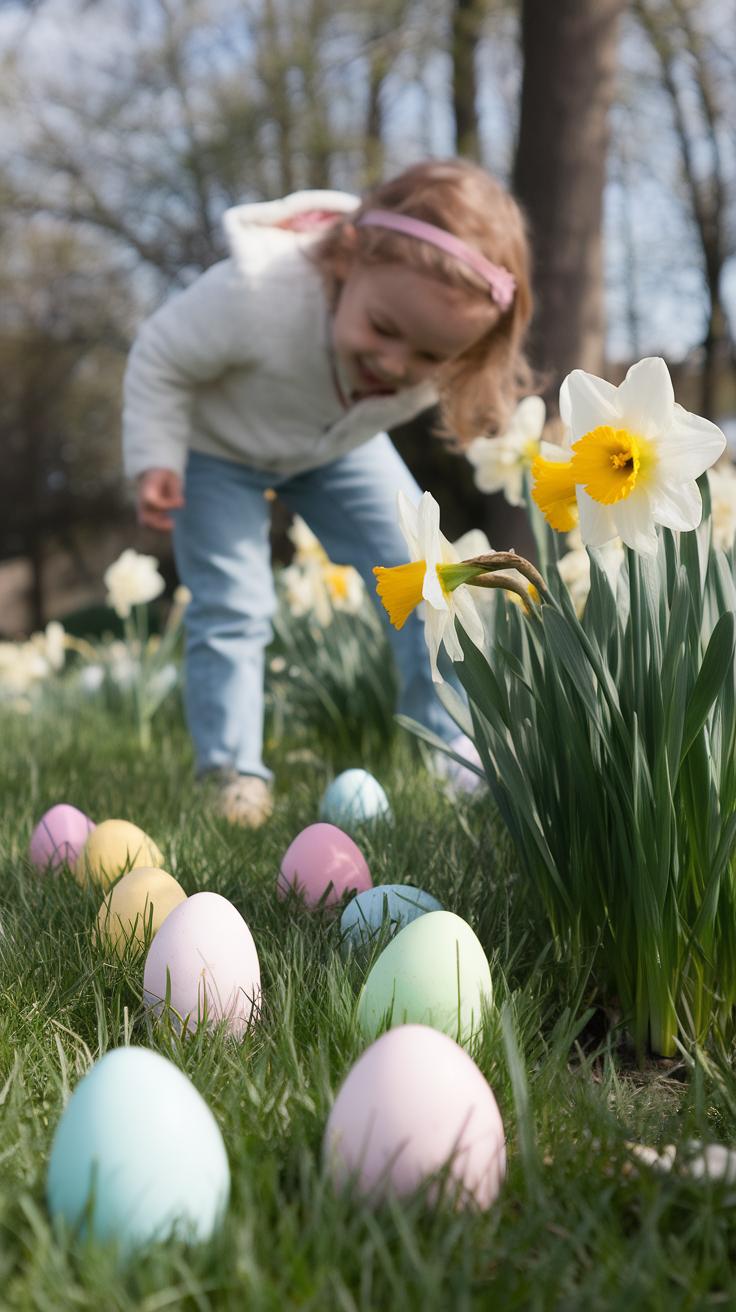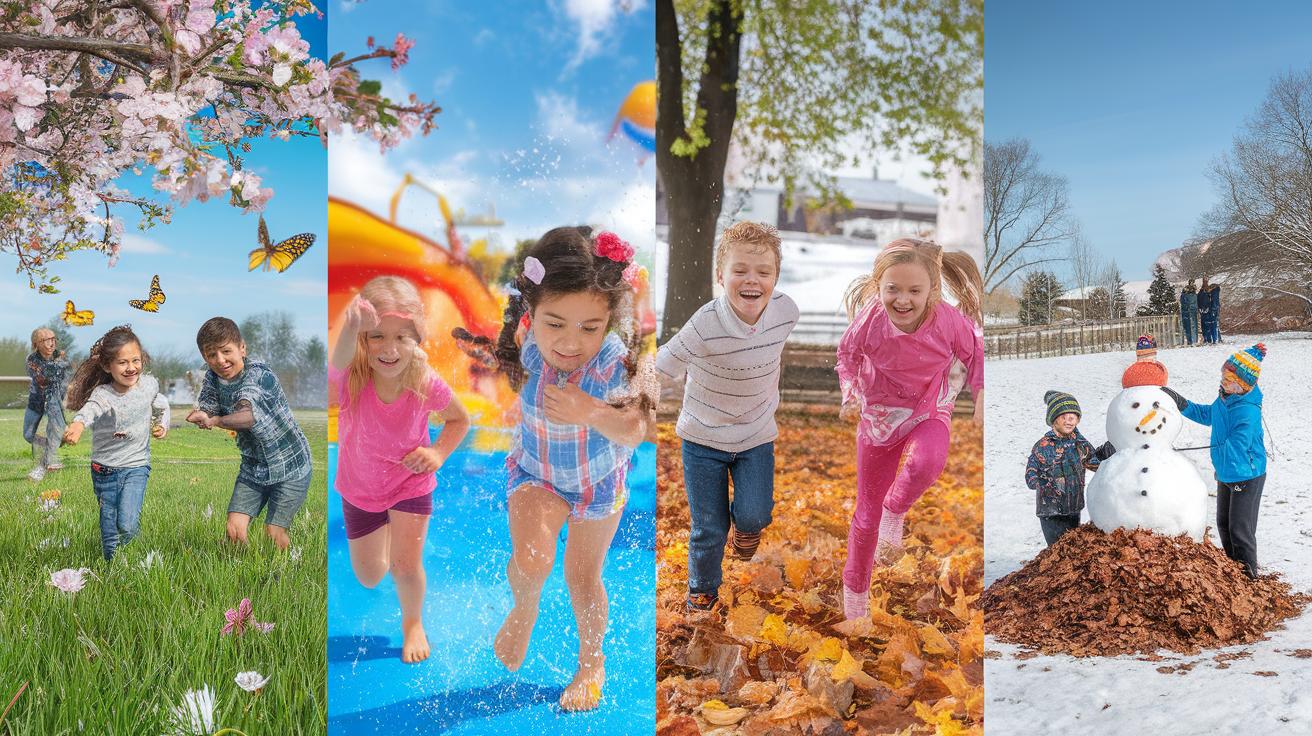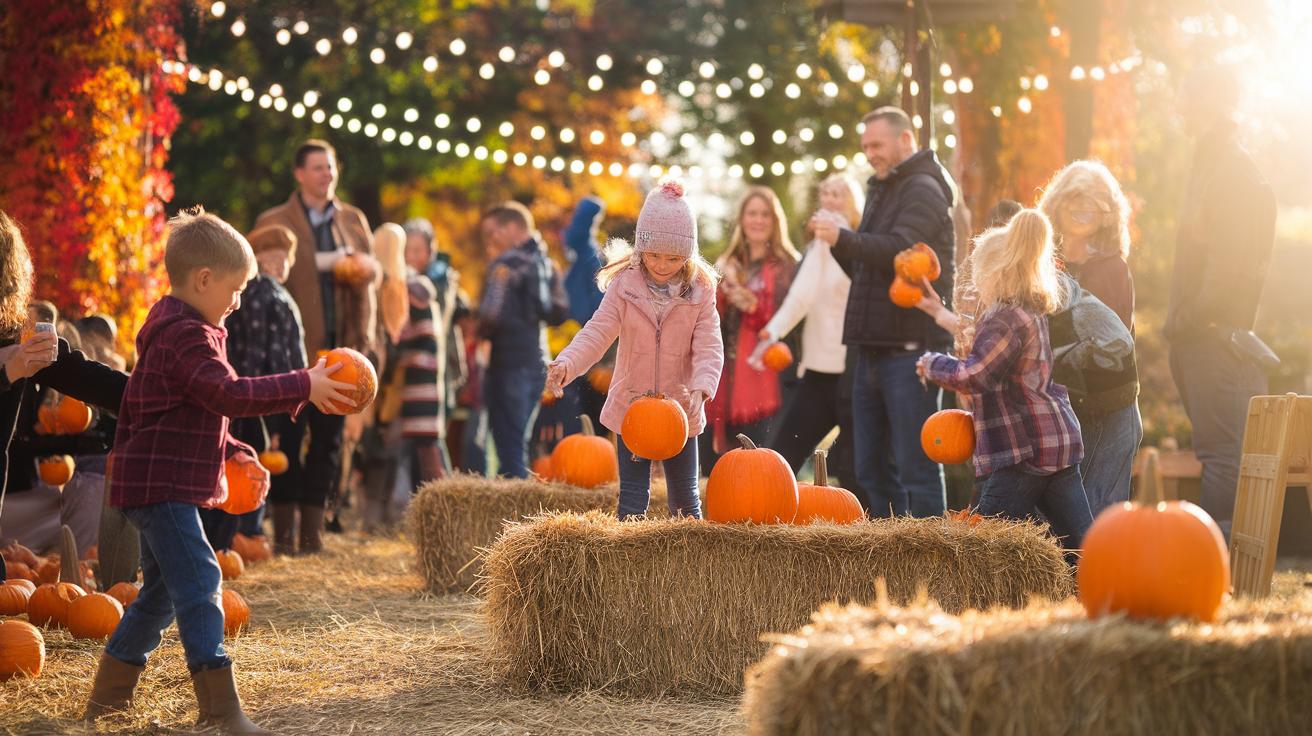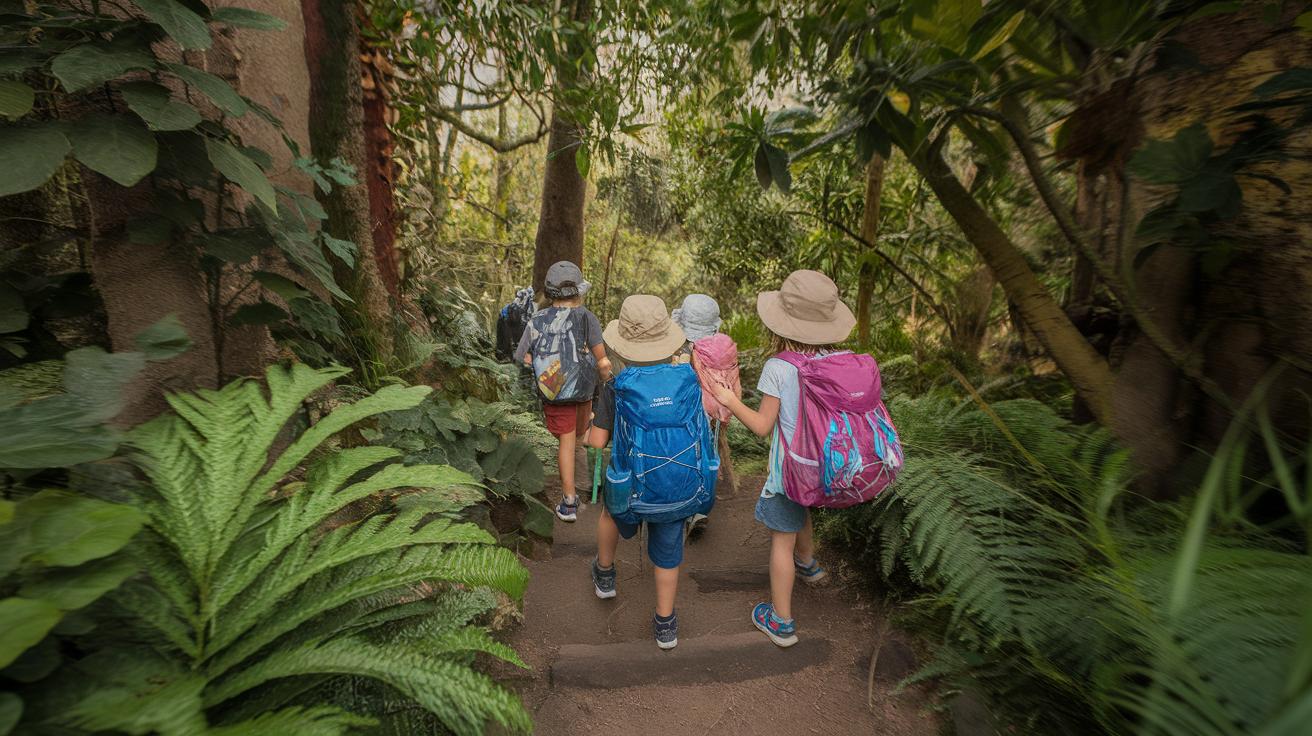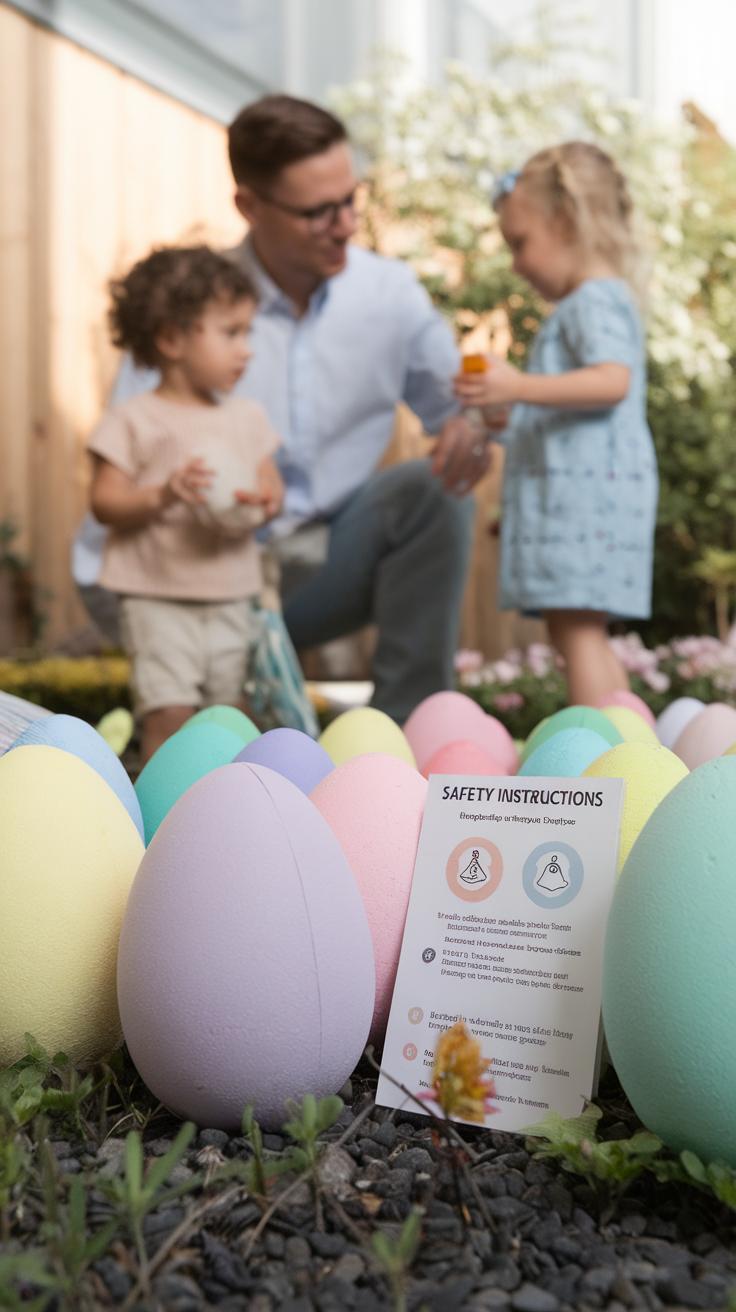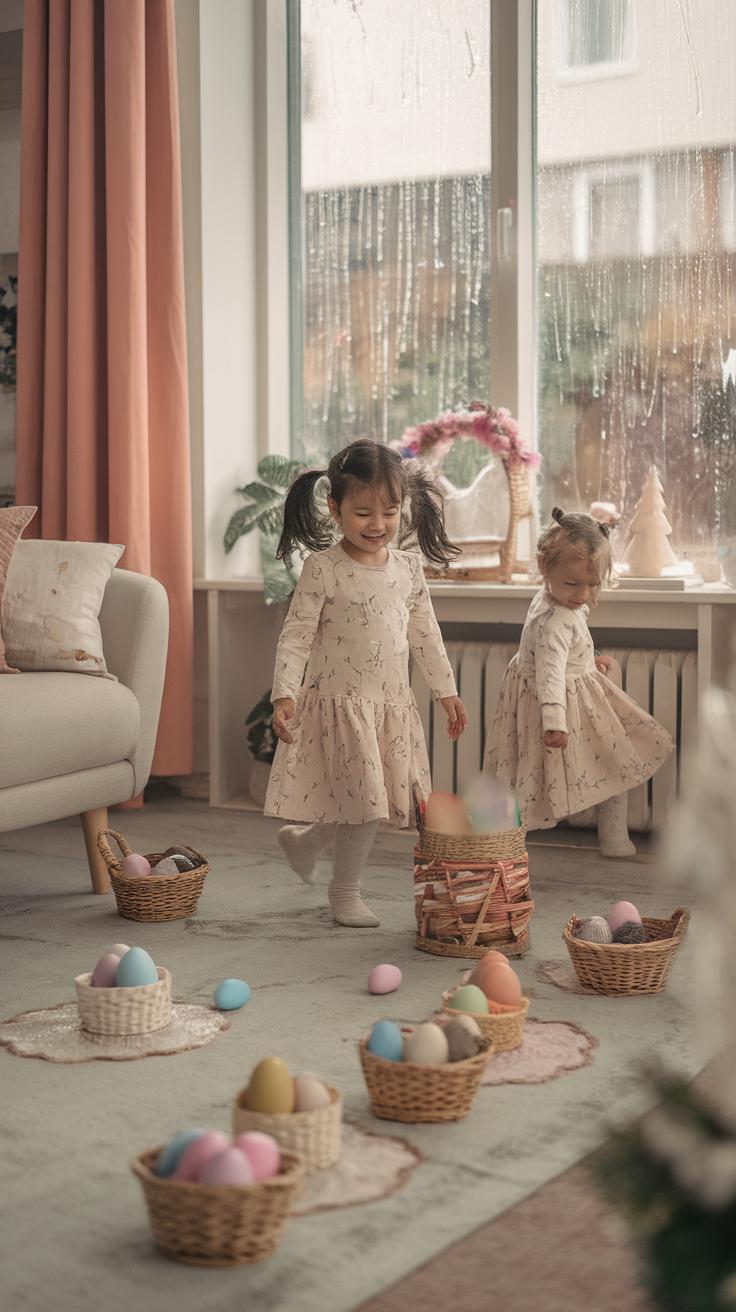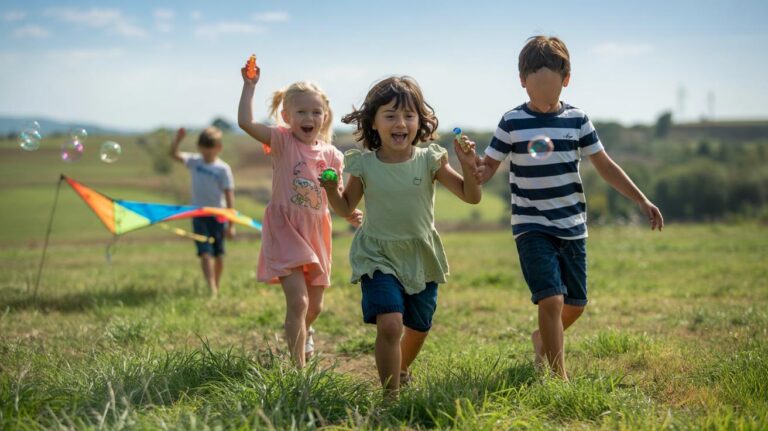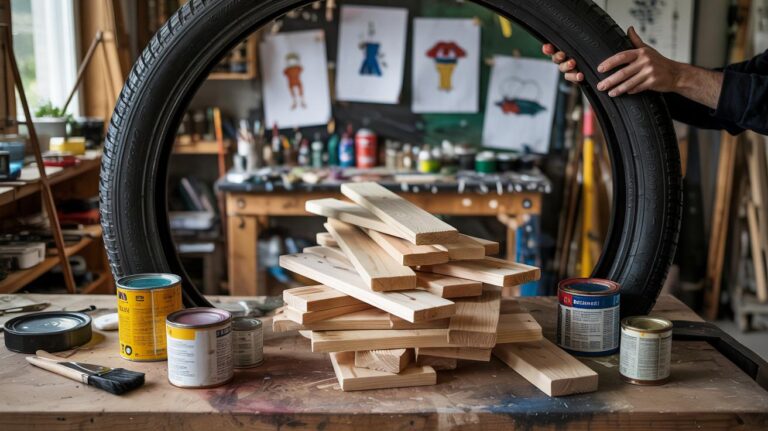Introduction
Easter is a time full of vibrant traditions and joyful celebrations. A popular part of this holiday is playing games that bring smiles to children’s faces. These games often involve colorful eggs, creativity, and movement. Many of these games have roots in old customs, such as egg rolling, egg tapping, and egg hunts. Each activity adds to the festive atmosphere and excitement. You will discover how these games entertain children and create lasting memories.
Bringing Easter games into your springtime celebrations offers more than just fun. It encourages children to explore, cooperate, and develop coordination. These games often involve simple materials and can be played indoors or outside. By organizing easy games, you make the holiday special and active. Are you ready to find new ways to delight your kids this Easter? Let’s explore a variety of games designed for a joyful spring experience.
History and Significance of Easter Games
Easter games have roots that reach back centuries. Many stem from traditions celebrating renewal and new life, which align closely with Easter’s religious themes. Egg rolling, egg tapping, and egg hunting all carry meanings tied to rebirth and resurrection.
Egg rolling involves pushing decorated eggs down a hill or slope. This game dates back to ancient times and symbolizes the rolling away of the stone from Jesus’ tomb. Egg tapping, where players knock eggs against each other, tests strength but also echoes the breaking open of the tomb.
Egg hunting combines fun with community spirit. Children search for hidden eggs, echoing the joy of finding the empty tomb and the promise of new life. Over time, these games have adapted to new customs and ideas, evolving but keeping the original spirit alive.
Modern versions may include plastic or chocolate eggs, making the tradition accessible and safe. How do you think keeping these customs alive helps families connect during Easter?
Traditional Easter Games and Their Roots
Egg rolling often happens outdoors on grassy slopes. Children roll brightly colored eggs to see whose travels farthest. This game originated in Europe and reflects the movement of the stone blocking the tomb.
Egg tapping, also called egg knocking, involves two players each holding a hard-boiled egg. They tap the pointed ends together. The winner is the one whose egg stays uncracked. This contest celebrates strength and endurance and is popular in places like England and Eastern Europe.
Egg hunting invites kids to find hidden eggs scattered around yards or parks. It became common in the 18th century and encourages teamwork and excitement. Some cultures add unique twists, such as riddles or clues.
Egg dancing is less known but has deep history. Participants dance around eggs placed on the ground, trying not to break them. It symbolizes careful steps in life after resurrection.
Symbolism Behind Easter Games
Eggs are powerful symbols during Easter. They represent new life, rebirth, and the resurrection of Jesus. The shell represents the tomb, and the chick inside symbolizes new life emerging.
Games such as egg rolling mimic the idea of the stone rolling away from Jesus’ tomb, marking the moment of resurrection. This connection links fun activities to a deeper message.
These games also build community and foster family bonds. They allow children to experience the Easter story through play and shared tradition. When you join in, you help keep these meaningful customs alive while creating joyful memories.
How might playing these games with your family help bring the Easter story closer to your children’s hearts?
Planning Easter Games for Kids
Planning Easter games for children means thinking about their ages and the space where you’ll play. Small toddlers need simple games that keep them safe and active nearby. Older kids enjoy games that offer a bit more challenge and movement. Consider where you will host the games. Outdoors gives room to run and hide, while indoors works well for smaller groups or in bad weather.
Typical materials include eggs, which can be real, plastic, or even chocolate. Baskets or small containers help kids collect eggs during hunts. Sometimes simple props like spoons, cones, or buckets make games more fun and creative.
Indoor setups might use colorful tape or paper to mark spots for activities. Outdoor spaces allow hiding eggs behind trees, bushes, or garden decorations. Keeping children engaged means offering a mix of quiet and active games and having a backup plan if the weather changes. What kind of games will match your space and the children you’re hosting?
Choosing Suitable Games
Start by counting how many kids will join and noting their ages. Younger children need games that don’t require too many rules or skills, while older kids can handle faster-paced, more complex activities. Consider how much time you have and the space available. A crowded room limits running games; a backyard opens many possibilities.
Simple games like egg toss, relay races, or an egg spoon race need little preparation and just a few materials. These games work well because they are fun, fast, and easy to explain. Always pick games that you can set up quickly and supervise easily. Which games will hold your children’s attention without overwhelming you?
Gathering Materials and Setting Up
Collect supplies ahead of time to avoid last-minute stress. If you use real eggs, make sure they are boiled to prevent accidents or spoilage. Plastic eggs are reusable and safe for indoor use. Chocolate eggs add a tasty reward but may melt outdoors on warm days.
Decoration supplies like stickers, markers, or washable paint let kids personalize eggs before games begin. When setting up play areas, arrange clear boundaries and remove hazards such as sharp objects or slippery surfaces. Organize materials in accessible spots so children can join activities without waiting.
Creating labeled baskets and designated egg zones keeps the event orderly. Think about how you will transition between games smoothly. How can your setup make the day run without interruptions?
Easy Egg Hunt Ideas
Creating an egg hunt that excites kids can be simple and fun. Start by choosing eggs that fit your kids’ ages and preferences. Plastic eggs work well when you want to include small toys or treats inside. Chocolate eggs add a delicious reward, while brightly painted eggs bring color and creativity to the hunt.
Hide eggs in spots that make children curious. For younger kids, place eggs in easy-to-spot places like under bushes or on low branches. Older children enjoy a challenge; think about hiding eggs higher up or inside garden ornaments. You can also leave clues or riddles to guide them from one egg to the next, turning the hunt into a mini-adventure.
Try different approaches to keep the game fresh. For example, set a time limit, or use colored eggs with points assigned to each shade. This adds a fun twist and encourages strategic thinking. Egg hunts do more than entertain—they motivate children to explore their surroundings and pay attention to detail. What new hiding spot could you try this year to spark their curiosity?
Basic Egg Hunt Setup
Start by deciding where to hold your egg hunt. Choose a safe, spacious area like a backyard or park. Define clear boundaries so kids know where to search without wandering too far. Mark limits with cones, ropes, or natural borders like fences or hedges.
Gather the eggs—plastic, painted, or chocolate. Hide them at varying difficulty levels based on the children’s ages. Keep some eggs visible for younger ones and place others in slightly hidden spots for older kids. Establish simple rules: no running to avoid accidents, and each child collects a fair share of eggs.
Explain the rules before starting. Remind kids to be careful and respectful while hunting. Give each child a basket or bag to collect eggs. With this setup, your egg hunt will be organized and enjoyable for everyone involved. How will you set your boundaries this year to keep kids safe and engaged?
Creative Variations for Different Ages
Adjust your egg hunt to fit different age groups. Toddlers benefit from simple hunts using large, colorful eggs placed in plain sight. Adding picture clues with images of hiding spots helps them understand and follow the game better.
Older children enjoy more challenge. Use maps showing egg locations or include themed hunts based on their interests, such as animals, superheroes, or nature. You might write riddles or puzzles that lead them to the eggs, which makes the search a mental game too.
For mixed-age groups, consider splitting them into teams or zones, so everyone has fun at their own level. How could you design a theme that excites your kids while matching their skill levels? Tailoring the hunt keeps all participants involved and thrilled to play again in the future.
Egg Rolling and Egg Tapping Games
Egg rolling and egg tapping keep Easter lively and active for kids. These games use simple materials like hard-boiled eggs, a smooth surface, and a clear space for play. Organizing a friendly contest involves dividing children into groups or letting them compete one by one. Safety matters: use hard-boiled eggs to reduce mess and avoid glass or fragile eggs. Encourage kids to cheer for others and celebrate every spin or tap, building good sportsmanship.
These games stay popular because they mix skill and chance, making them fun for all ages. Children enjoy the physical challenge and the excitement of racing or knocking eggs. You can easily set up these games outdoors, which adds to the fresh-air fun of spring. What skills do you think children develop by playing these simple but engaging games?
How to Play Egg Rolling
For egg rolling, find a gentle slope or a flat, smooth surface like a driveway or sidewalk. Mark a start line and a finish line with chalk or tape. Each player chooses an egg, preferably hard-boiled to avoid breaks. Players take turns rolling their eggs from the start toward the finish line. The goal is to roll your egg the farthest without it cracking or going off course.
Score points based on distance rolled or who crosses the finish line first. You can add challenges like rolling around obstacles or using only one hand. Consider terrain carefully: smooth surfaces help eggs roll better, while gravel can cause unexpected stops. What creative course can you design to make rolling more interesting for the kids?
Egg Tapping Contest Tips
In egg tapping, participants pair up to gently tap the pointed ends of their eggs against each other. Each player holds their egg steady, aiming to crack the other’s egg without breaking their own. The egg that remains whole wins the round. Use hard-boiled eggs dyed or plain for easy spotting.
Handle eggs with care to avoid injuries from sudden cracks or slips. Establish clear rules: tap gently, take turns, and respect others’ eggs. Rotate opponents so everyone has a chance to compete. Remind kids that it’s about having fun, not just winning. How can you encourage kids to stay calm and positive if their egg breaks early in the game?
Creative Easter Game Variations
Traditional Easter games offer plenty of fun, but you can make the celebration even more exciting by adding creative twists. Try an egg decorating contest where kids use different materials like stickers, paints, or even natural dyes. This encourages artistic expression and lets everyone join regardless of skill.
Introduce relay races with an Easter spin. For example, after each leg, players might have to solve a simple puzzle or carry a “golden” egg. This keeps kids engaged from start to finish and adds variety to the usual running games.
Involving everyone is the key. Design games that welcome different ages and abilities. Offer options like sitting versions of active games or cooperative challenges where teams work together to solve clues. How can you adapt a classic game to include every child at your gathering?
Innovative Easter Word Games
Simple word puzzles can make Easter celebrations both fun and brain-friendly. Try a word search filled with Easter-themed words such as bunny, basket, and jellybean. Kids gain vocabulary while enjoying the hunt for hidden words.
Create fill-in-the-blank stories using Easter words. Kids will supply missing nouns or verbs to craft silly stories. This boosts creativity and keeps the theme alive.
You can also organize Easter bingo with words or short phrases. It’s easy to prepare and perfect for mixed-age groups. These games challenge young minds without requiring advanced reading skills. Which Easter words could you include to spark curiosity?
Active and Team Easter Games
Active games offer great chances for kids to burn energy and learn teamwork. Organize egg and spoon races but add rules like balancing an egg on a small fabric instead of a spoon. This changes the challenge and adds laughter.
Try Easter relay races where teams pass an egg while completing tasks like hopping or crawling. Setting teams in mixed skill levels encourages cooperation and helps children support each other.
Games like Easter scavenger hunts invite teamwork to find clues leading to hidden eggs. Children communicate and plan together, strengthening social skills. How might you structure a game so every child feels valued and useful?
Safety Tips for Easter Games
Keeping Easter games safe starts with proper adult supervision. Make sure an adult watches over each activity to step in quickly if needed. Set clear boundaries where kids can play and explain these limits before starting. Choose play areas free from sharp objects, uneven ground, or anything that could cause trips or falls. Check that any equipment used is sturdy and appropriate for children’s ages and abilities. Safety shouldn’t restrict fun, but it must make sure kids don’t get hurt while enjoying the games.
Think about whether all children feel comfortable and safe in the space. Does the area have enough shade or protection from sun exposure? Are exits easy to reach if help is needed? Answering these questions can prevent problems before they occur. A safe environment lets kids focus on having fun without risks.
Supervision and Play Area Safety
Adult supervision needs to be active and consistent. Passive watching might miss dangers as children run and play. Standing close by allows adults to manage disputes, guide fair play, and notice risky behavior early. Explain rules clearly before starting—no pushing or running near fragile objects.
Keep play areas free from hazards like loose garden tools or slippery patches. Use cones or tape to mark where games happen. This helps kids understand where to stay and avoids accidents. Inspect toys and game supplies before use to confirm they work well and aren’t broken or sharp. Question: Have you set up a safe zone where kids can retreat if overwhelmed or tired?
Health and Allergy Precautions
Food allergies can be serious during Easter games, especially with chocolate or candy eggs. Always ask parents about allergies before the event. If allergies exist, provide non-food prizes such as stickers, small toys, or extra playtime tokens. These alternatives include everyone and reduce worry about allergic reactions.
Consider using plastic eggs filled with small toys or notes instead of edible treats. This approach allows all children to participate safely. When edible items are used, keep them sealed and labeled to avoid confusion. If unsure about allergies, skip food rewards altogether.
Prevent cross-contact by having designated areas or containers for allergy-safe items. Remind children not to share food to avoid accidental exposure. What non-food prizes could you offer to make sure every child feels included during your Easter games?
Indoor Easter Games for Rainy Days
Rainy spring days do not have to stop your Easter fun. You can create a lively celebration inside, even without a large space. Easter bingo is a great game that keeps children focused and entertained. Use simple bingo cards with Easter eggs, bunnies, and chicks. Print or draw the pictures yourself to customize the game. Memory matching games with Easter-themed cards challenge kids to remember pairs while learning about spring symbols.
Crafts fit perfectly into indoor Easter activities. Kids can decorate paper eggs, make bunny masks, or design colorful baskets. These crafts require only basic supplies and a small table, making them ideal for tight spaces. You can also plan simple movement games indoors. Try egg balancing where children walk with a plastic egg on a spoon. This encourages balance and concentration in a fun way.
Indoor Easter games help keep kids active and engaged through creativity and light exercise. What other indoor games spark your kids’ interest during rainy weather?
Quiet and Craft-Based Games
Calm activities create a peaceful way to enjoy Easter indoors. Craft projects, like decorating wooden eggs or creating paper flower crowns, can hold children’s attention for long stretches. Sitting at a table with coloring pages or Easter puzzles offers quiet fun while boosting fine motor skills and problem-solving.
You can introduce themed puzzles featuring rabbits, eggs, or spring scenes. These encourage focus without noisy energy. How about helping kids make simple cards to gift family members? These quiet tasks allow children to express creativity and celebrate the holiday calmly.
Quiet Easter games provide a perfect balance after active play or during moments when the room needs to stay calm. Which craft or puzzle would your kids enjoy working on today?
Movement Games for Small Spaces
Active play indoors can fit into small rooms. Egg balancing challenges children to walk carefully without dropping a plastic egg held on a spoon. You can make this more fun by adding obstacles or creating a short race.
Hopscotch is easy to adapt with tape on the floor and an Easter twist. Replace numbers with pictures of chicks or eggs. Kids jump from one image to the next, mixing exercise with holiday cheer. Another idea is “Bunny Hops,” where children crawl or hop like rabbits between spots marked on the carpet or floor.
These games keep kids moving without needing a backyard or open space. How will you turn your living room into an Easter playground today?
Involving Family and Community in Easter Play
Easter games become more memorable when family members of all ages join in. You can organize a neighborhood egg hunt where kids, parents, and grandparents hunt together. Group competitions, like relay races or egg-and-spoon contests, invite everyone to play, laugh, and cheer. Themed parties with simple decorations can turn a regular afternoon into a special occasion that welcomes neighbors and friends.
Shared celebrations build stronger bonds. They create moments of joy and cooperation that last beyond the holiday. Have you considered inviting neighbors or relatives who might otherwise spend Easter alone? Imagine the difference your inclusive event could make in their day and yours.
Family Participation and Roles
Assigning family roles for Easter activities helps the event run smoothly and makes everyone feel needed. Older siblings can referee games to keep things fair. Adults might organize supplies or lead crafts. Younger children can help hide eggs or cheer on players. These roles keep everyone busy and involved while building responsibility and teamwork.
When family members contribute actively, the celebration feels shared and meaningful. What small task could you give each person that fits their age and interests? These simple roles can turn your Easter gathering into a well-organized and enjoyable experience for all.
Community Easter Events
Planning a community Easter event involves choosing a safe outdoor space, sending invitations, and dividing tasks among volunteers. Consider inviting local organizations like schools or clubs to join. You might set up multiple game stations, such as an egg toss, bunny hop races, and craft tables. Providing refreshments encourages socializing and breaks between games.
Community events help people meet new friends and strengthen local ties. They create a sense of belonging that goes beyond one day. How could your Easter gathering become a regular tradition that neighbors look forward to each spring? Sharing fun like this fosters lasting connections and happiness.
Conclusions
Organizing Easter games for your children during spring provides a wonderful way to celebrate the season. These activities blend tradition with creativity, allowing children to enjoy their time while learning new skills. Games like egg hunts and egg rolling remain popular due to their simplicity and excitement. You can easily set up these games with household items and outdoor space. Creating these moments strengthens family bonds and welcomes the new season.
As you plan your Easter celebrations, consider the range of games that fit your space and children’s interests. These games offer fun and engagement without requiring elaborate preparations. Watching children laugh and play will remind you of the joy Easter brings. What new traditions will you create this spring? Your involvement makes these games memorable and meaningful.



